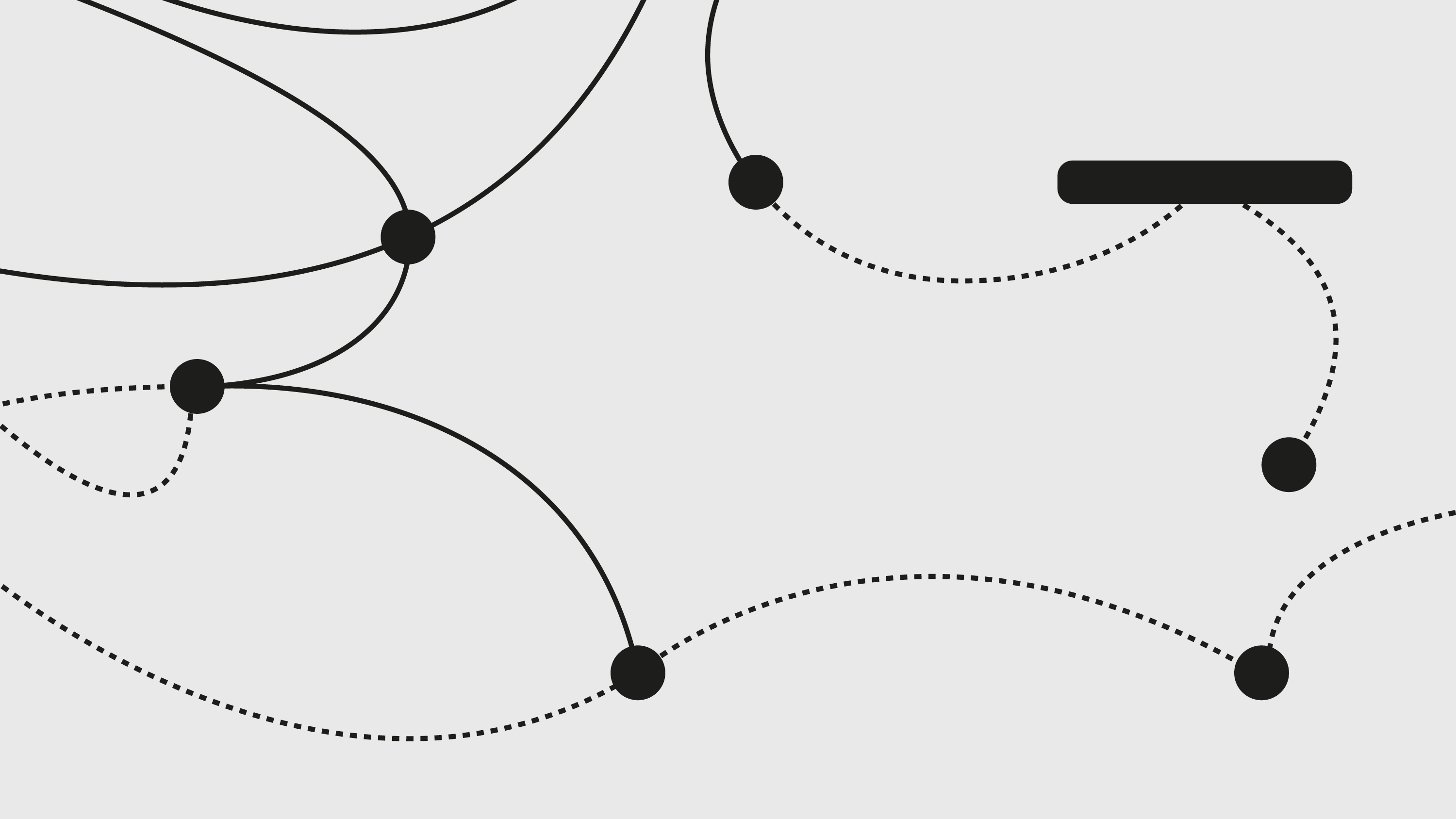Notes
1
Carol Duncan, "The Art Museum As Ritual," Civilizing Rituals: Inside Public Art Museums (Oxford: Routledge, 1995).
2
Bisi Silva, "Creating Space for a Hundred Flowers to Bloom," Àsìkò: On the Future of Artistic and Curatorial Pedagogies in Africa (Lagos: CCA Lagos, 2017), p.XIV-XXIII.
© 2022 e-flux and the author
